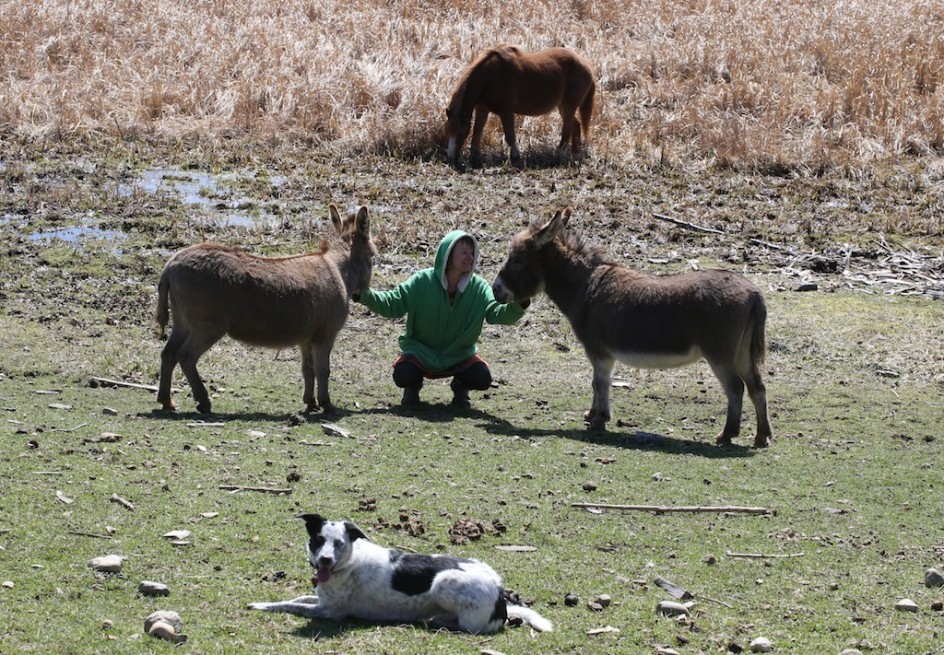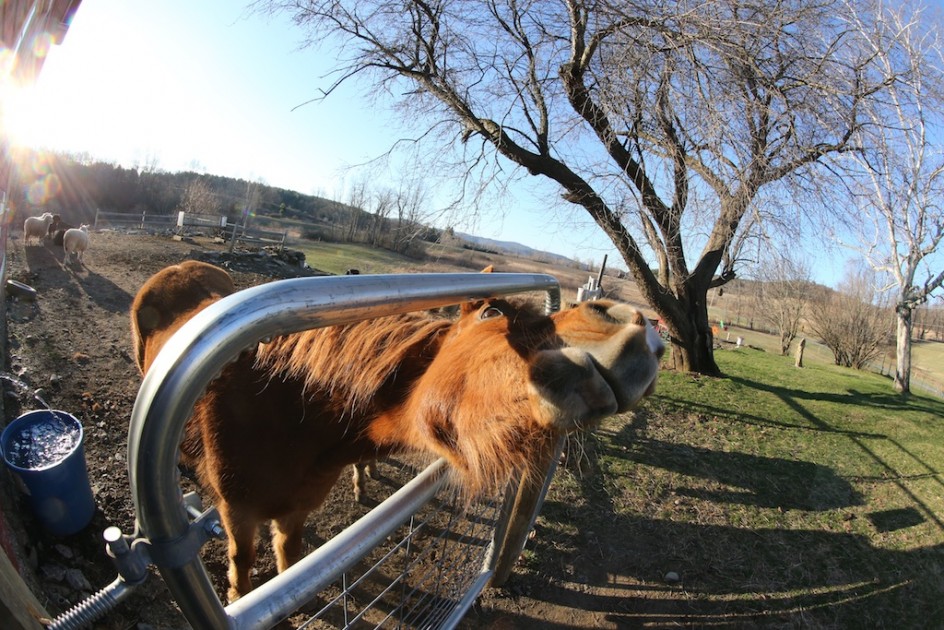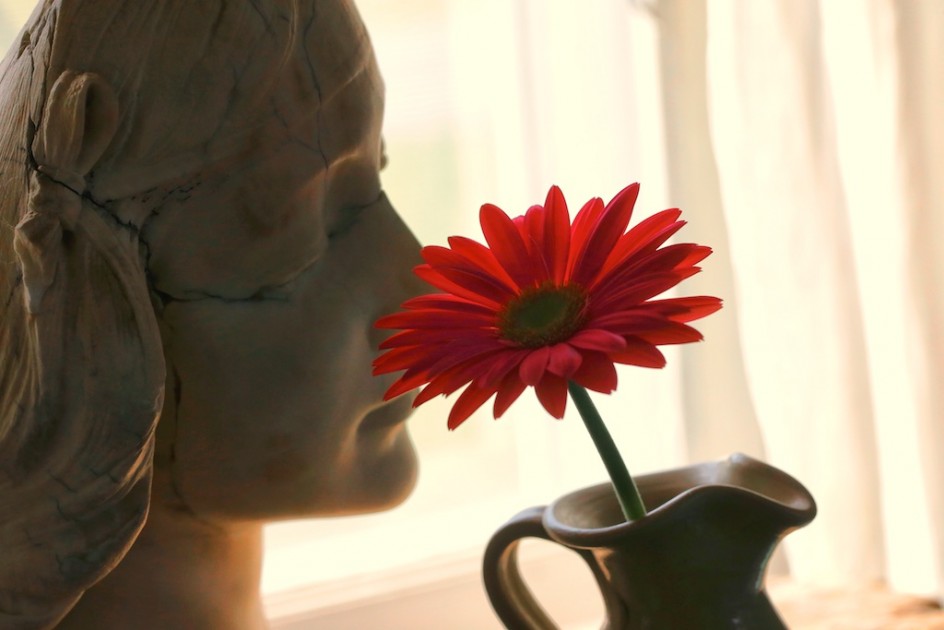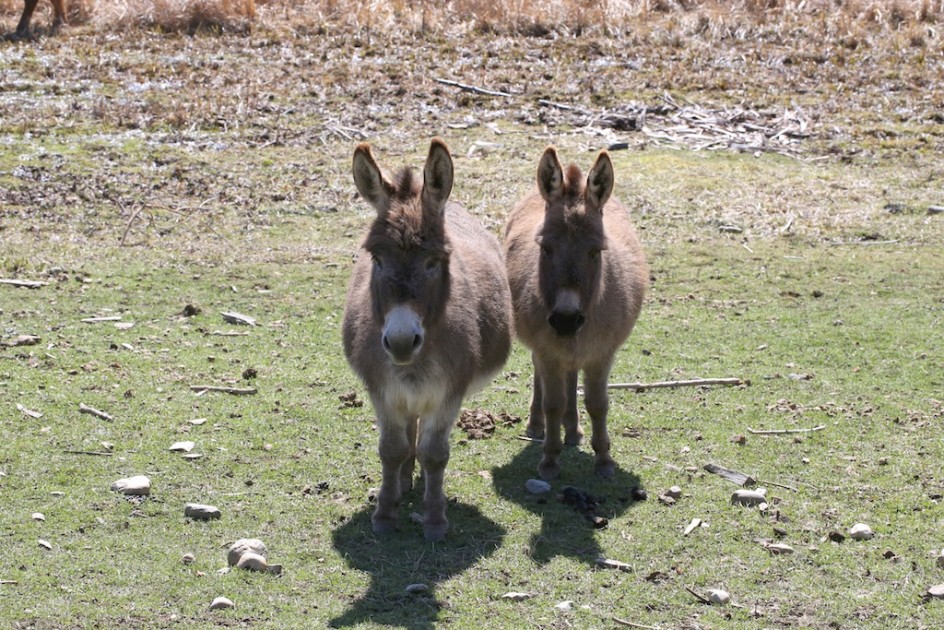
I have had a tumultuous, sometimes unnerving few years and when I am not paying attention, my soul begins to tell me that my troubles are over, there will be no more surprises, no unforeseen difficulties, I have it in hand, I have it figured out, my feet are on the ground, I have foreseen what I need to foresee and there will be peace and normalcy, no dread surprises. A peaceful time stretched out ahead of me.
This happens to me when I am not paying attention. When I am awake and thinking, then I am working on my radical acceptance, my understanding that suffering and challenge and surprise is not an aberration in life, it is life itself. It is not the exception, it is the rule. It is not crisis, it is normalcy. It is how the cosmos works, the natural life of humans. My friend Eve Marko, a Zen scholar and teacher, says we are all walking on air. All of the time.
We are not destined to live lives free of shock and surprise, we learn grace by how we respond to trouble, not by how we avoid it.
I have worked so hard to manage money, foresee crisis, made responsible decisions. I am a New York Times bestseller after all, even the most sophisticated people are sometimes shocked to find out that I am a normal human, I bleed the same way everybody else does, and make sure to use credit cards sparingly, or not at all.
I am told often I am a famous writer, I am not really supposed to have the normal range of human problems. That is how we create myths about ourselves. Authentic writing shows that we are all one we live the same lives, in different guises.
Yesterday, walking in the woods, I realized that this acceptance of life, these surprises, unexpected challenges and crises, are, in a way, God or at least my idea of God.
I am told that my tires are bad, and I need $700 worth of new ones. I get a bill from Facebook for a $796 ad I did not authorize or know about. A friend is struck by a car while walking on a country road, and badly hurt. There is a hole in the roof where birds are living. There is a hole in what we call health insurance, and this month, medication that cost $100 three months ago costs $845 now.No one can tell me why or feels the need to.
A friend has a lump in her right breast. We need new gutters. A young friend – he is 41 – has a stroke and will be in therapy for months. We live against a backdrop of troubling news that falls like rain in a thunderstorm.
I love life, I am grateful for mine, I do not speak poorly of it, but sometimes it feels as if the earth is just rushing up towards me. And I reset myself, I remember we are all walking on air, and this, in a way, binds us more powerfully than any political label, if I can see it that way. I will not speak poorly of my life, or lament it’s sometimes awful beauty and surprise. The only safe place is the place inside of us, where the soul sleeps.
And I can reset myself.
No one’s life is a straight line, the shadows are always around us, hovering, hiding, waiting to pop up anywhere we go.
Death is not the end of life, it is life itself, a part of the magic and mystery that belongs to being a human being, the only animal in the world that knows we will die one day. Without shadows, light loses its power, without darkness, color would lost its magic, without loneliness, love would be meaningless.
During my open heart surgery, as I lay asleep, I had the most amazing dream, about the time they stopped my heart from beating, I was like a big red hawk, sailing in great circles in the sky, riding a wind trail, soaring above life. Was that me, free of the bonds that tie us to the earth? Or a mystical dream, at the point were I had been killed in a sense, to bring me back to life. Was that a bump on the road, or was it the road?
I am learning not to separate the troubles of life from the joys, but to see them as different ends of the same thing. I think every great spiritual mind I have ever read preaches and teaches us this, but in our world, we take the shadows and turn them into cries of lament and despair and complaint, we become bitter and angry. At all costs I mean to avoid that fate.
I know better than to complain about life. The soul will cry and wither, curl itself into a tiny ball, God does not want to hear this piteous whining.
Crisis and mystery are always just around the corner. We are all walking on air, the ground is sometimes rushing up towards us.




